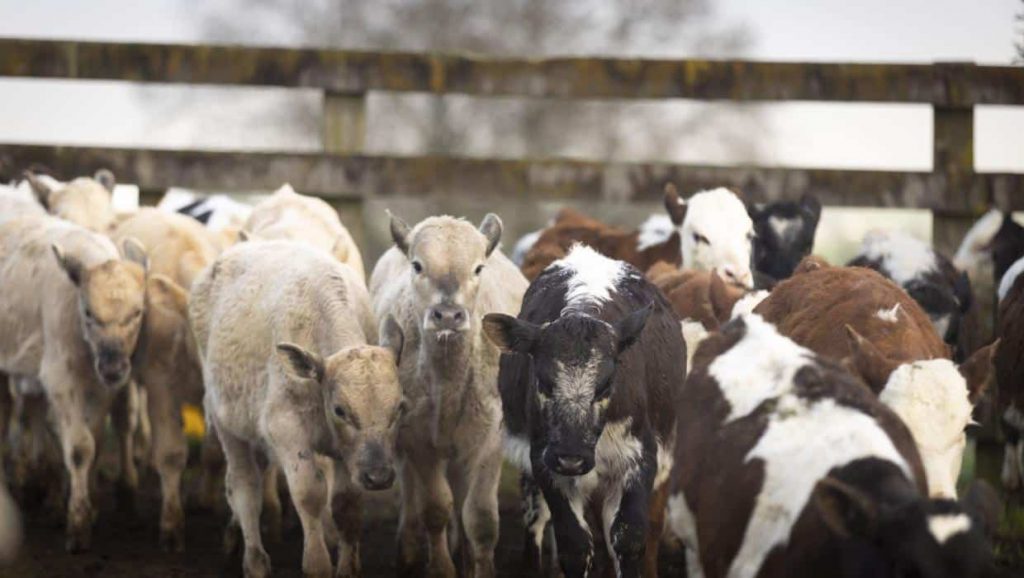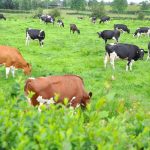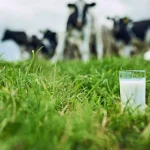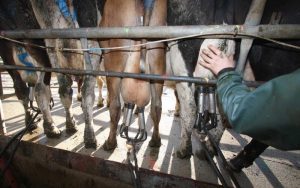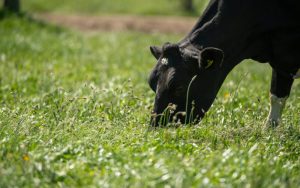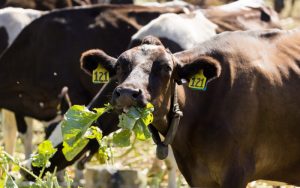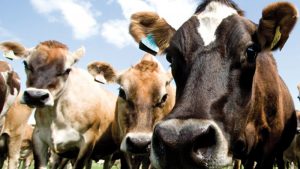
Dairy farmers are facing an “incredibly stressful” season as weaker dairy prices and rising costs squeeze cash flow.
Lacklustre demand from China has weighed on global dairy prices, with the benchmark global dairy trade index last week falling to its lowest level since November 2020.
Westpac on Wednesday cut its forecast for Fonterra’s milk price this season to $7.80 per kilogram of milk solids, from $8.20 per kgMS, citing weak demand from the “sluggish” Chinese economy. It follows ANZ’s cut last week to $7.75 per kgMS.
Westpac senior agri economist Nathan Penny said he expects Fonterra to lower its forecast at its next announcement.
In May, Fonterra forecast a farmgate milk payment this season of $7.25 to $8.75 per kgMS. The $8 per kgMS mid-point, which farmers are paid off, lags behind last season’s $8.20 per kgMS.
Ministry for Primary Industries (MPI) principal adviser economic data and analysis DJ Apparao said recent global dairy trade auction results suggested the farmgate milk price for this season could be in the range of $7.25 to $8.25 per kgMS.
ASB expects Fonterra to pay $7.25 per kgMS, while BNZ expects $7.60 per kgMS, and Rabobank expects $8.20 per kgMS.
The forecasts suggest profitability will be a challenge for many dairy farmers this season, with DairyNZ estimating average dairy farm expenses will be around $8.72 per kgMS.
“Cash flow is really tight on farm at the moment, and there’s obviously a little bit of concern in terms of where the milk price might be heading,” said Federated Farmers Dairy Industry Group chairperson Richard McIntyre.
“Any email you get from Fonterra or whoever your supplier is at the moment you open pretty fast to see what’s going on.”
Stats NZ data shows dairy farm expenses jumped an annual 13% in the March quarter as interest costs surged 50%, and fertiliser and feed costs jumped 11%.
McIntyre said a lot of farmers were feeling under pressure as rising interest rates tipped them into a higher risk category which attracted an even higher interest rate.
“There’s a lot of pressure on farmers from banks at the moment,” he said.
Some farmers were being charged interest rates of 12%, which was quite a concern, he said.
“When you’re talking about having a debt of $5 million or something like that, a percentage point actually means a hell of a lot, especially when you’re struggling to break even at the moment as well due to the high farm working expenses and a potentially decreasing milk price.
“It’s the most indebted farms that are really, really struggling at the moment.”
Coming out of the Covid-19 pandemic, the Reserve Bank has embarked on its fastest pace of tightening since pioneering inflation targeting more than 30 years ago, increasing the benchmark interest rate by 525 basis points to 5.5%, its highest level since 2008.
McIntyre said younger farmers who had worked hard as sharemilkers to save up for their first farm often had higher debt levels and little equity.
“It’s usually quite a big step,” he said. “You just need a few years of things going relatively well to pay down a bit of debt and come out the other side of it. But unfortunately, with the amount of debt that these farmers have, and interest rates, it’s just really affected their profitability and put them into a very negative cash flow.
“It’s immensely stressful.”
Farmers were doing everything they could to reduce expenses and work with their banks to find a way forward, he said.
McIntyre said he would like to see banks take a long term approach and look at the profitability of farms with average commodity prices and normal interest rates. While it could seem pretty dark when you were at the bottom of the cycle, everything would pick up within a couple of years and dairy farming would be profitable again, he said.
“Much of it is about getting through the difficult seasons to be there for the good ones,” he said.
MPI’s Apparao noted dairy sector debt had dropped in recent times from $41.7 billion in 2018 to $36.3b in 2023. Still, higher interest rates were expected to affect debt servicing and a lower milk price would affect profitability.
Apparao said a slowdown in the global economy was resulting in weaker demand conditions that could affect export prices of key reference dairy commodities over the current season.
McIntyre lower spending by dairy farmers was likely to impact the rural economy.“If we see a significant decrease in that spending, with farmers putting off capital expenditure and deferring repairs and maintenance as much as they can, then we will see a little bit of a downturn in rural New Zealand,” he said.
– Stuff
